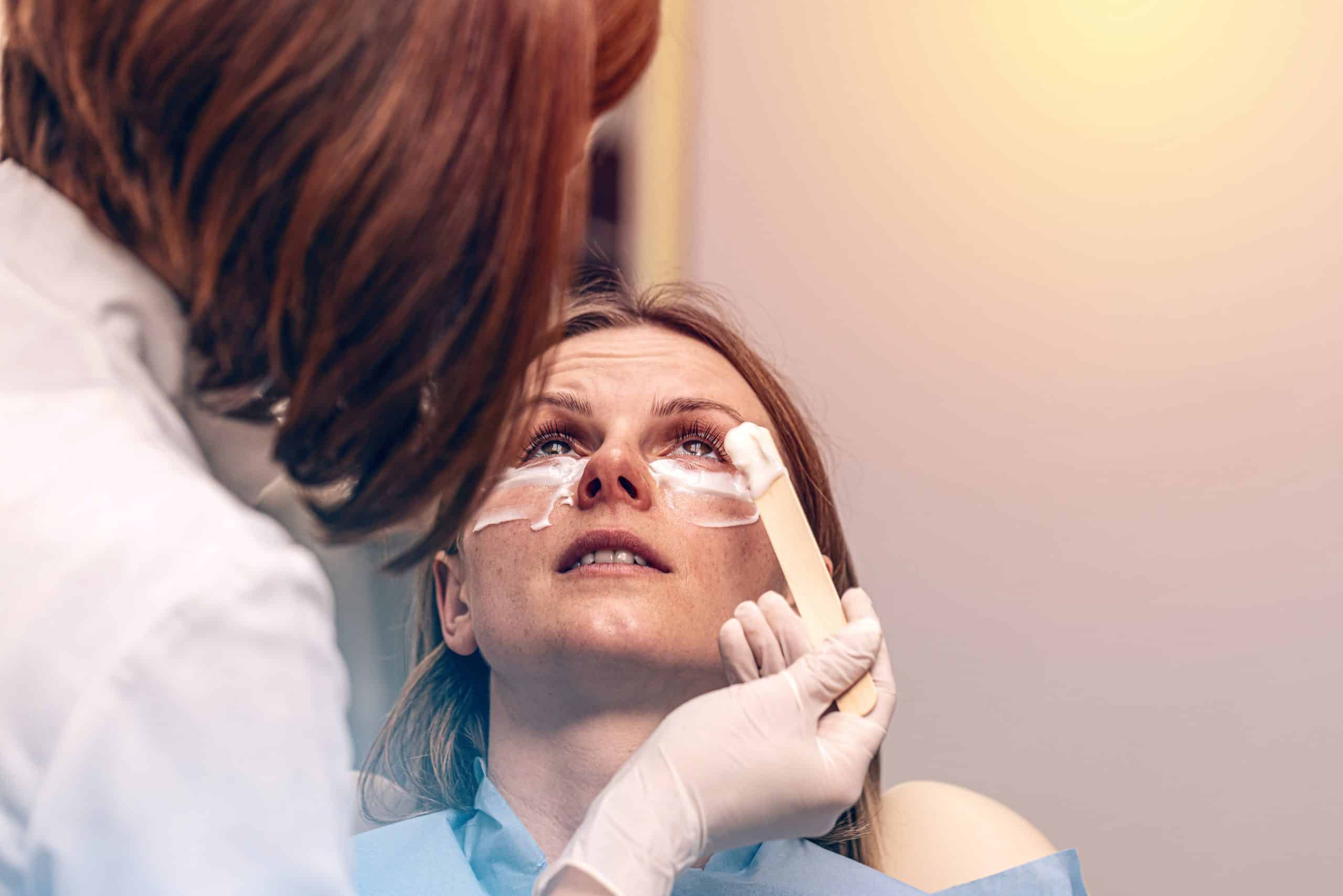As sports medicine continues to evolve, so too do the techniques used to reduce the risk of sports-related injuries. A prime focus for athletes, particularly soccer players, is the anterior cruciate ligament, or ACL. Given the high intensity and physical demands of soccer, ACL injuries have unfortunately become a commonplace occurrence. This article will delve into the latest methodologies employed to minimize ACL re-injury risk in soccer players, focusing on strength-based training, evidence-based preventative measures, and the role of sports medicine.
The Anterior Cruciate Ligament (ACL) Injury: A Deeper Understanding
To understand the techniques used to prevent ACL injuries, it’s crucial to first understand the ligament itself and the role it plays in athletes’ movements. The anterior cruciate ligament is one of the four main ligaments within the knee that connect the femur to the tibia. Its primary function is to provide stability to the knee joint and prevent the tibia from sliding out in front of the femur.
A lire également : How Can Elite Gymnasts Utilize Mental Imagery for Routine Consistency?
In a sport like soccer, where quick changes in direction, sudden stops, and jumping are frequent, the ACL is under immense strain. The ligament can become injured or torn through a sudden twist or direct impact, such as a collision with another player or an awkward landing. The resulting injury can be debilitating, requiring extensive rehabilitation and, in severe cases, surgery. The risk of re-injury is significant, with as many as one in four athletes experiencing a second ACL injury after returning to play.
Strength-Based Training: Building Resilience in the ACL
Strength-based training has been identified as a crucial component in reducing the risk of ACL injuries. A comprehensive program that focuses on the muscles surrounding the knee joint – the hamstrings and quadriceps especially – can provide the ACL with the additional support it needs during high-stress activities.
Sujet a lire : How to Design an Off-Season Strength and Conditioning Program for Female Soccer Players?
Many professional soccer clubs now incorporate such training into their routines, focusing on exercises that target these muscle groups. Squats, lunges, and hamstring curls are commonplace, with the intention to enhance strength and stability in the knee. Some clubs are also adopting the use of weight vests to mimic the additional stress put on the knee during a match, helping to condition the muscles and ACL to better handle the strain.
Evidence-Based Preventative Measures: The Role of Sports Medicine Reviews
Sports medicine professionals continually review and assess the efficacy of different preventative measures. Based on the findings of these reviews, new strategies and modifications to existing ones are introduced to decrease ACL re-injury rates.
A 2012 study published in the British Journal of Sports Medicine, for instance, found a 52% reduction in ACL injuries in athletes who underwent neuromuscular training. This form of training, which focuses on enhancing balance, agility, and motor control, is now widely adopted by soccer clubs around the world.
Another study, published in the Journal of Orthopaedic & Sports Physical Therapy in 2020, indicated that incorporating balance training into warm-up routines could significantly reduce the risk of ACL injuries. These findings underline the importance of continued review and research within the field of sports medicine.
Google and DOI: Leveraging Technology in Sports Medicine
In an era dominated by technology, it’s no surprise that digital tools have found their way into sports medicine. The DOI (Digital Object Identifier) system and Google Scholar provide easy access to a wealth of peer-reviewed articles and research studies. These platforms allow sports medicine professionals and athletes alike to stay updated on the latest developments in ACL injury prevention.
Google Scholar, in particular, functions as a large database of scholarly literature, including a wide array of research on sports injuries, ACL risk reduction, and recovery methodologies. The DOI system, on the other hand, facilitates the discovery of academic content by assigning unique identifiers to digital content. This ensures that even as URLs change over time, the content remains accessible, thus offering a reliable, long-term solution for accessing information on ACL injury prevention.
The Future of ACL Injury Prevention
As research into ACL injury prevention continues, new techniques and strategies are continuously being developed and implemented. Emerging technologies and advanced training methods hold great promise for the future of ACL injury prevention. From the use of advanced biomechanics to study movement patterns and identify potential risks, to the development of sport-specific training programs that account for the unique demands of each sport, the future of ACL injury prevention is dynamic and evolving.
Up-to-date knowledge and cutting-edge training methods thus go hand in hand in minimizing ACL re-injury risk in soccer players. These efforts, coupled with the ongoing advances in sports medicine, offer hope for athletes, promising not just a reduction in ACL injuries, but also shorter recovery times and safer return to play post-injury.
Exercise-Based Rehabilitation: A Key to Reducing Re-Injury Risk
Effective rehabilitation post an ACL reconstruction is crucial in reducing the risk of re-injury. Exercise-based rehabilitation programs tailored to meet the individual needs of the athlete play a significant role in this process. The idea is to regain strength, balance, and flexibility while retraining movements and techniques to prevent future injuries.
A systematic review and meta-analysis published in the Journal of Orthopaedic & Sports Physical Therapy in 2022 highlighted the importance of structured exercise-based rehabilitation in reducing ACL re-injury rates. The study concluded that athletes who participated in comprehensive, exercise-based rehabilitation programs were significantly less likely to suffer a second ACL injury compared to those who did not.
Typically, these programs include strength and conditioning exercises, plyometrics, balance and agility training, and sport-specific drills. Moreover, supervised training is often recommended, at least in the initial stages of rehabilitation, to ensure correct exercise techniques and prevent any additional injury.
Moreover, a gradual return to sport is essential. Rushing the process could increase the chances of re-injury. Therefore, sports med professionals often suggest a phased return, starting with light drills before moving on to full-contact play.
Multifactorial Approach: Including All Risk Factors
ACL injury prevention should not be seen purely from a physical perspective. It’s equally important to consider the psychological factors involved. Fear of re-injury, for instance, is common among athletes recovering from an ACL injury and can influence the way they move, potentially putting them at risk.
A multifactorial approach that includes physical, psychological, and environmental risk factors is therefore advocated by many sports medicine professionals. This could involve psychological support, modification of training and match environments, and adaptations to rules and regulations to further reduce injury risk.
Moreover, female athletes are at a higher risk of ACL injuries compared to their male counterparts. Therefore, strategies that address their specific needs, such as hormone cycle-based training and nutrition, could be beneficial.
Conclusion: The Paradigm of ACL Injury Prevention
The prevention of ACL re-injury in soccer players is a multifaceted challenge that requires a comprehensive approach. Advances in sports medicine, the availability of peer-reviewed research through platforms like Google Scholar and the DOI system, and technological innovations have all contributed significantly to this pursuit.
Strength-based training, evidence-based preventative measures, and exercise-based rehabilitation are all proven strategies for reducing ACL re-injury risk. Furthermore, considering all risk factors, including psychological and environmental, alongside the unique needs of individual athletes, is paramount.
The future of ACL injury prevention is promising, with emerging technologies and advanced training methods set to further revolutionize the field. However, the commitment and dedication of athletes, coaches, and sports medicine professionals are equally important in ensuring the successful implementation of these strategies. Together, these elements provide a solid foundation for minimizing ACL re-injury risk and ensuring a safer sporting environment for soccer players around the globe.






